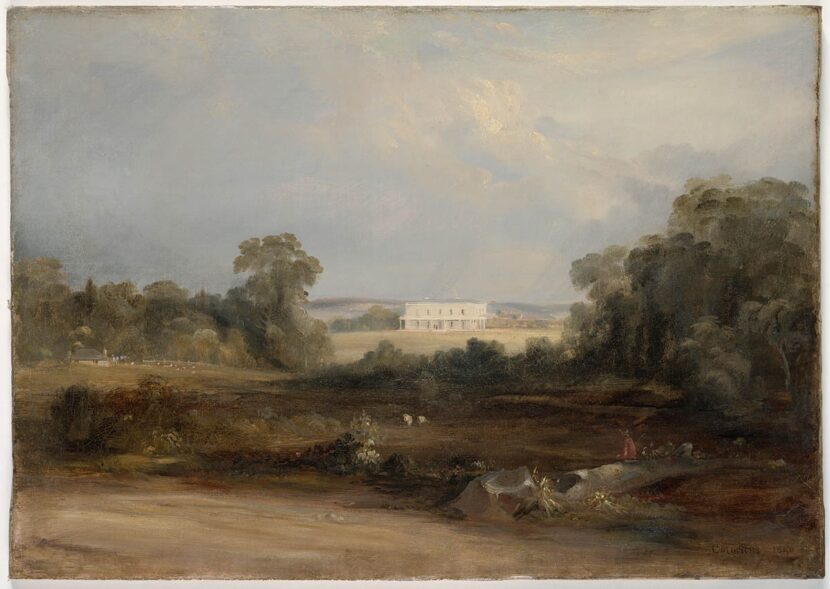Vineyard, Parramatta, 1840 painting by Conrad Martens, Mitchell Library, State Library of New South Wales
Stuart Read presented a symposium paper on early vineyards and viticulture (grape-growing) in the Sydney basin at an AGHS symposium in Adelaide in 2015. See Australian Garden History vol 27 no 3, 2016, pp 23-26 for a review of the symposium and AGHS conference. We are now publishing Read’s paper here, as it contains important context for revived interest in the heritage of Australia’s wine regions.
The paper summarises research and writing by many authors, over decades. Read’s focus was on where and who. He surveyed Australia’s first ‘wine district’: 20 years prior to the Hunter Valley (NSW) & Swan Valley (WA), 40 years before South Australia, 50 before Victoria. He looked at where these colonies got grapes and expertise from and where Sydney got grapes – legally or otherwise. Early pioneers, successes, failures – here and overseas – are also surveyed.
The wine industry has made many adaptations to our climate, resources and markets. Conserving historical wine districts matters, because of their historical significance and the genetic information they contain. Yet no vineyard is on a state heritage register, although the building complexes on some are – and are on local lists. Do we see this historic and continuing land use, these cultural landscapes, as significant? Other countries do, and actively promote them, for tourism and export income and cultural pride. And it seems the idea of doing the same is catching on in Australia. The Heritage Council of NSW has a landscape advisory committee, which is working on landscape assessment guidelines and is hosting a workshop with Heritage Victoria as part of the ICOMOS General Assembly in Sydney in September.


